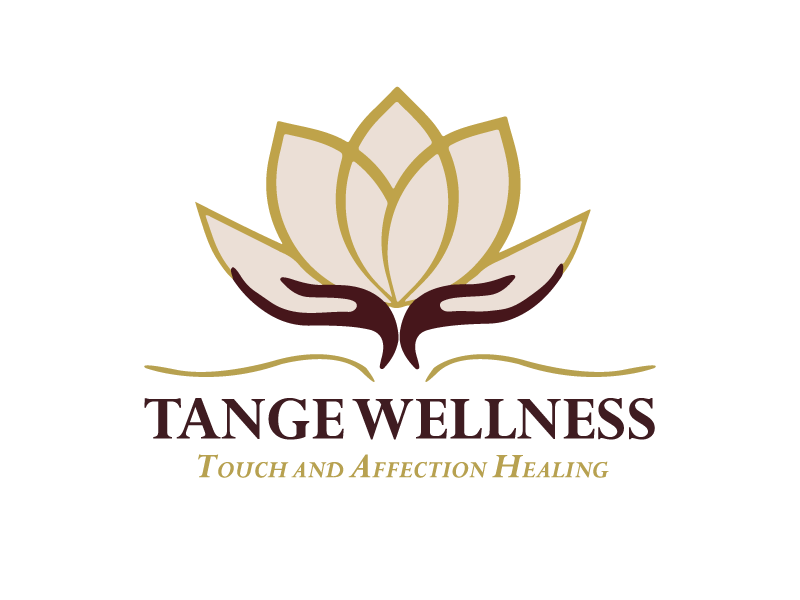Benefits of Training in Cuddle Therapy
When I first started cuddling in 2016, I had not been trained or certified. However, I did my due diligence and started scouring the internet for research, articles and authorities. Let me tell you, there wasn’t anything out there on the benefits of professional cuddling
Over the years I’ve learned that cuddle therapy is much more complex than simply sharing hugs. We are creating a safe and nurturing space for people to show up exactly as they are with all of their humanness. Without training, how can you be sure you’re prepared for the emotional complexities of this work?
The Acknowledgment of Natural Ability
People often tell me, “I already know how to set boundaries” or “I’m great at holding space” and sure, some people are naturally inclined to do these things. However, cuddle therapy doesn’t completely rely on instinct. There is some skill, knowledge, and preparation that goes into it.
I’ve been in this field for almost ten years, and I’ve seen so many practitioners leave because their boundaries were pushed too often, they felt overwhelmed, or they simply weren’t prepared for the emotional weight of the work. Without the right training, burnout is inevitable.
What’s the Distinction Between Professional Cuddler vs. Cuddle Therapist
There’s an important distinction to be made between a professional cuddler and a cuddle therapist. While both provide platonic touch, their approaches and expertise differ:
Professional Cuddlers: Offer non-sexual touch as a service. They may or may not have formal training, and their primary focus is providing a comforting, nurturing experience.
Cuddle Therapists: Take the work a step further. They are trauma-informed, trained in emotional intimacy work, and often help clients navigate complex issues around touch, emotional connection, and confidence in communication. They may pursue complementary certifications and continuing education to deepen their practice and ensure they’re offering a safe, ethical space for clients.
Cuddle therapists help clients rebuild trust in human connection, work through intimacy issues, and become more comfortable in their skin.
Why Training Matters
In cuddle therapy, it’s important to be present and aware of what you’re experiencing and the client. Training covers essential skills such as:
Consent & Boundaries: Understanding and navigating personal and professional limits.
Trauma Awareness: Recognizing signs of trauma responses and knowing how to handle them.
Communication Skills: Active listening, verbal/non-verbal cues, and co-regulation techniques.
Ethical Practices: Navigating client relationships professionally and responsibly.
Without these skills, it’s easy for clients to feel unsafe or for practitioners to feel emotionally drained.
The Risks of Entering This Work Unprepared
I’ve heard first hand of clients being traumatized or coerced by professional cuddlers who lacked the skills to handle emotional responses, pushed boundaries unknowingly, or failed to maintain professional ethics. Without proper training, the risk of harm (to both the client and practitioner) is real.
The Future of Cuddle Therapy
As this field continues to grow, my hope is that more people will recognize the value of training and professionalism. Whether you’re a client seeking support or someone considering becoming a practitioner, remember: ethical touch is intentional, informed, and built on a foundation of trust and knowledge.




